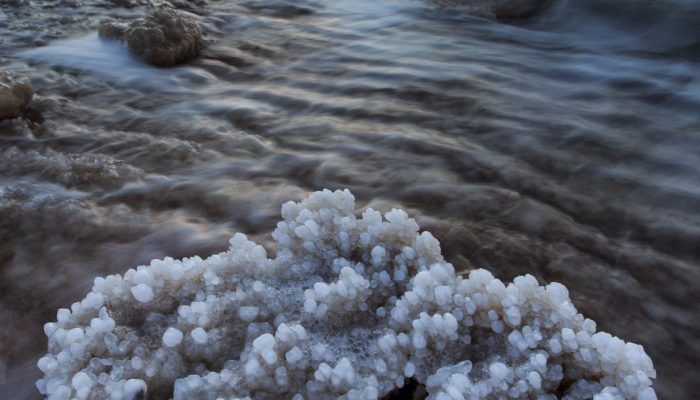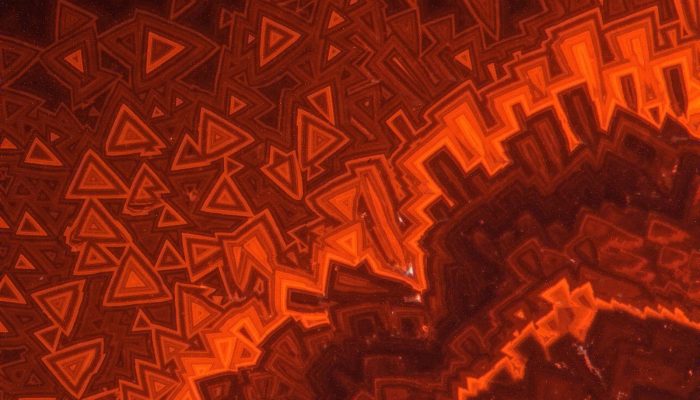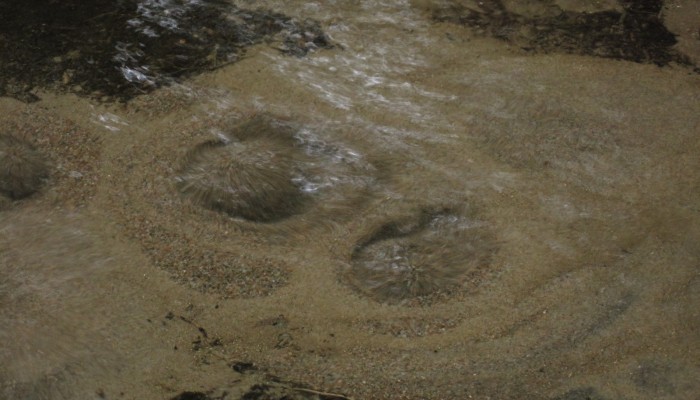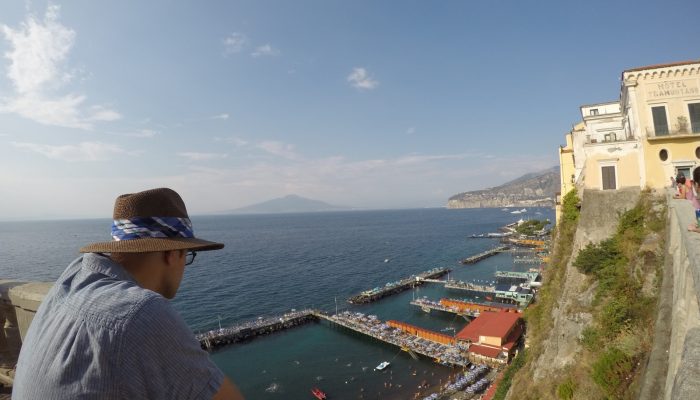One of the highlights of my honeymoon in Italy was our trip to Pompeii. Both my wife and I are big classics nerds so for us a visit to Pompeii had something of a pilgrimage aspect to it. For me, as a geologist, it was doubly impactful to see the effect of Vesuvius on the town. For the record, we got in a huge discussion about what actually constitutes a pilgrimage.
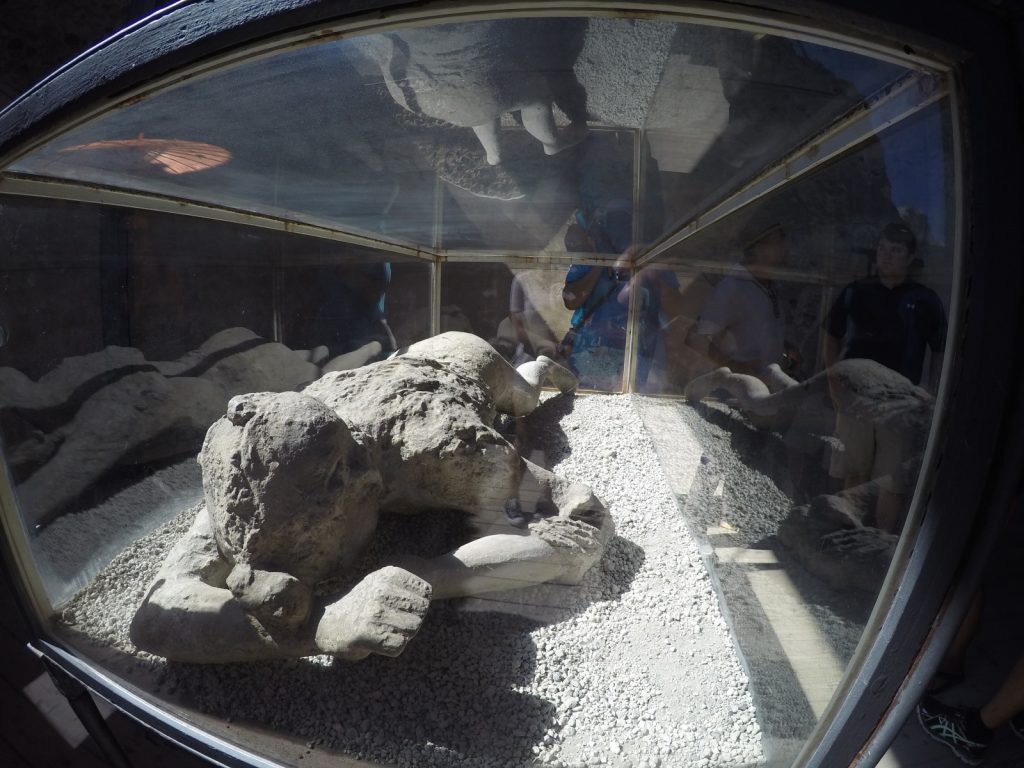
It’s hard not to feel emotional during a trip to Pompeii. Photo: Matt Herod
As a bit of background, Mount Vesuvius, pictured below, erupted in 79 AD releasing a massive cloud of ash and rock which rained down upon the nearby town of Pompeii killing over 1,000 residents and entombing the town. In addition to the ash fall, pyroclastic flows also hit the town bringing more destruction and were responsible for most of the death. Mount Vesuvius is still active to this day with its last major eruption occurring in 1944.
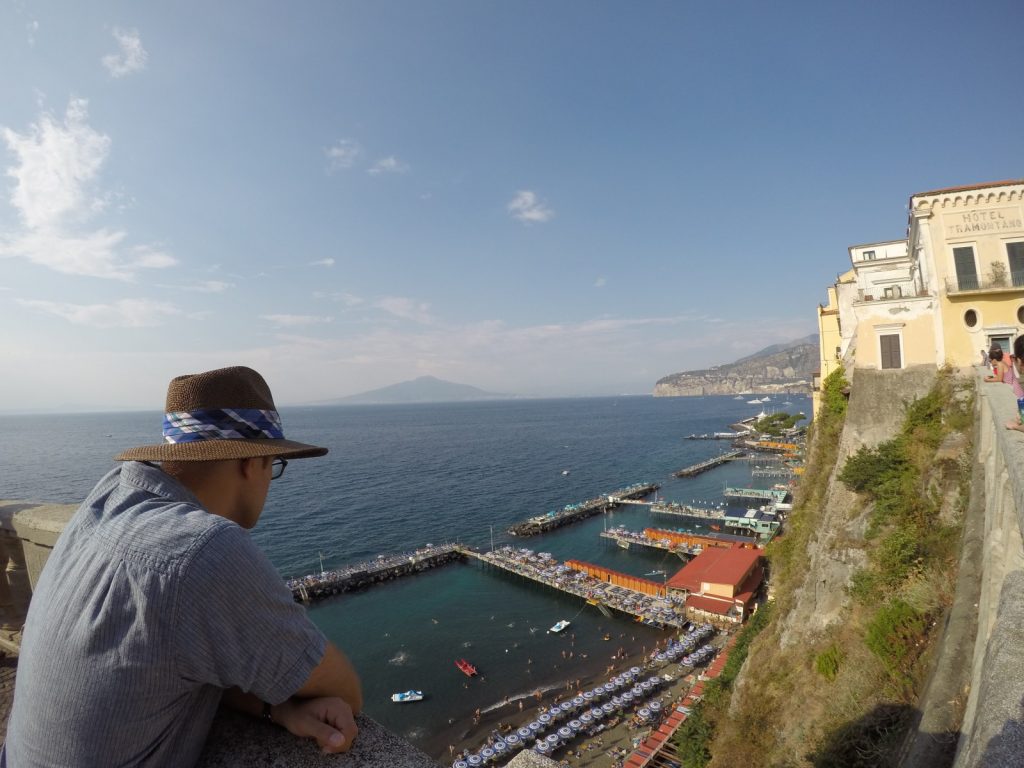
Looking at Mount Vesuvius from Sorrento across the Bay of Naples. I hope you all like my hat! Photo: Matt Herod
The Pompeii site is absolutely massive. My wife and I spent about 5 hours walking throughout the town and feel like we only saw maybe half. Around every corner was another incredibly preserved relic of ancient Roman life along with poignant reminders of its fragility. The contrast between everyday life juxtaposed with the destruction is very moving.
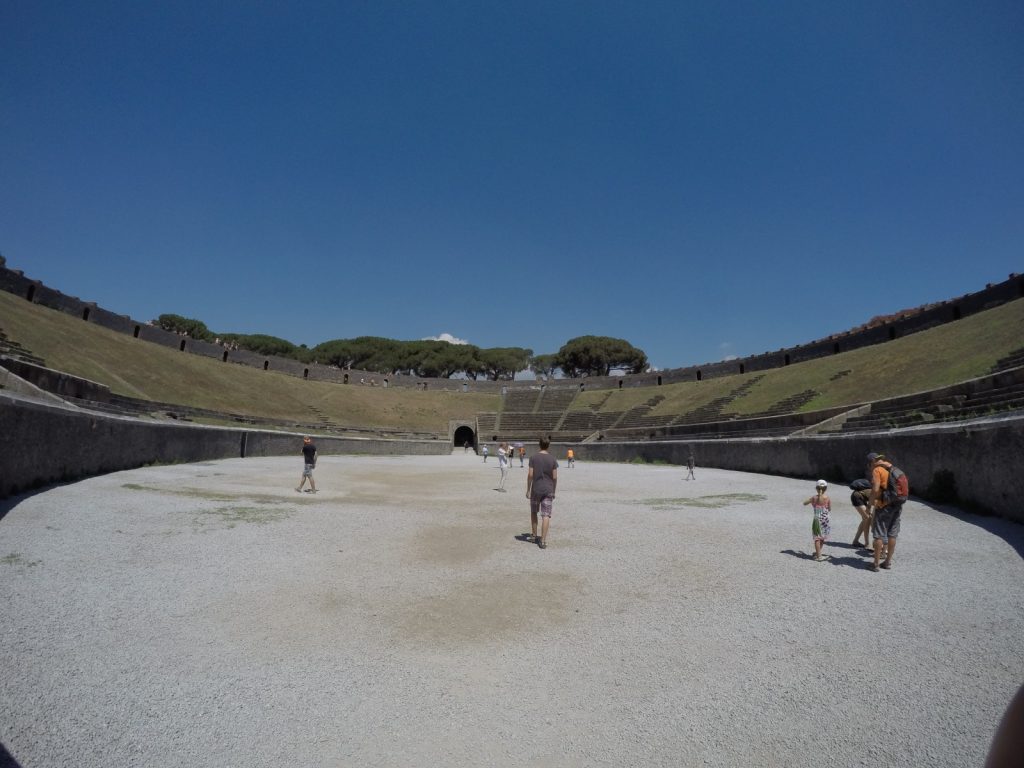
The ancient amphitheater of Pompeii. I learned that Pink Floyd once recorded here. Photo: Matt Herod
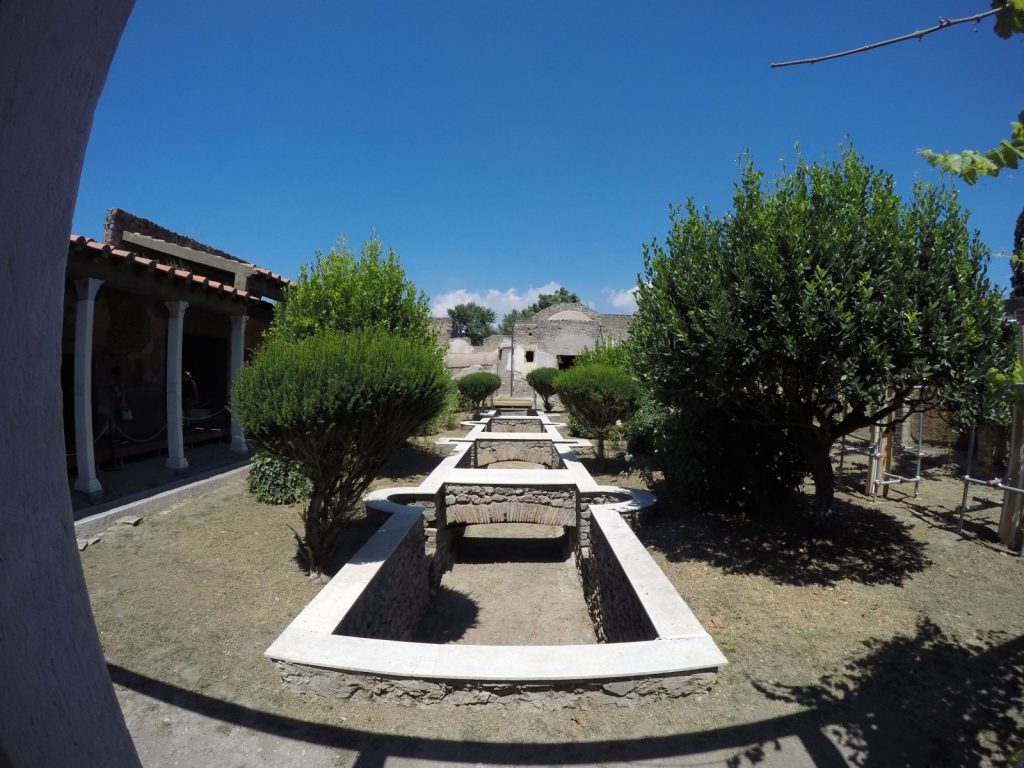
An incredible fountain in the back garden of one of the villas. Photo: Matt Herod.
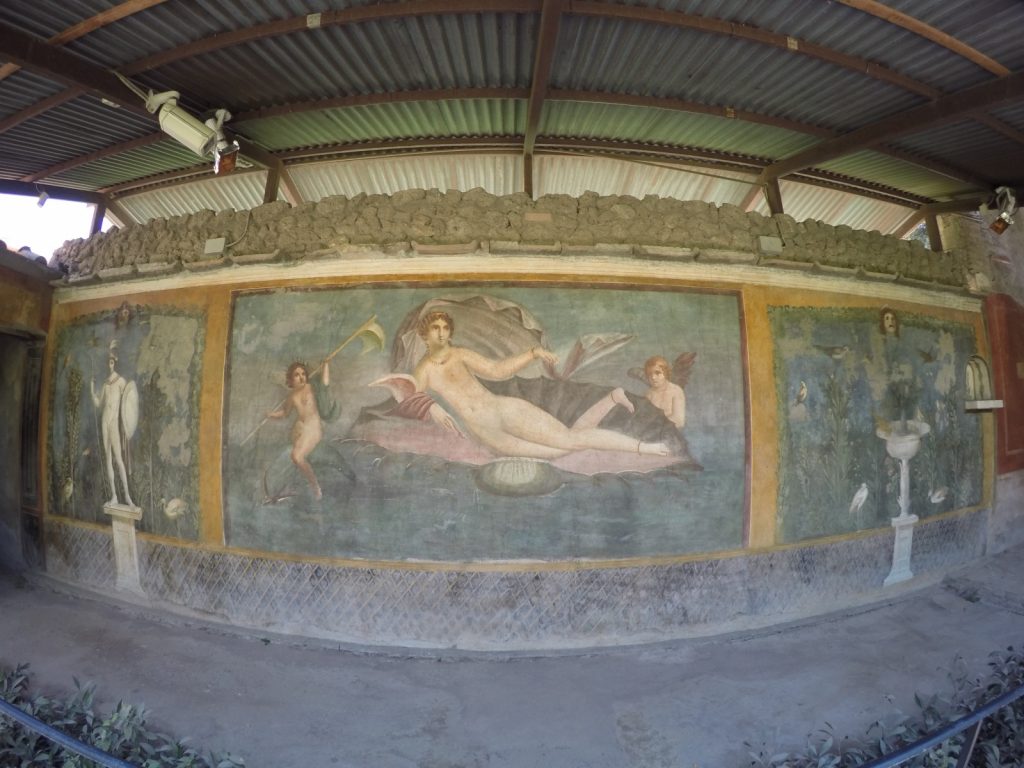
A very well preserved fresco showing the birth of Venus. Photo: Matt Herod
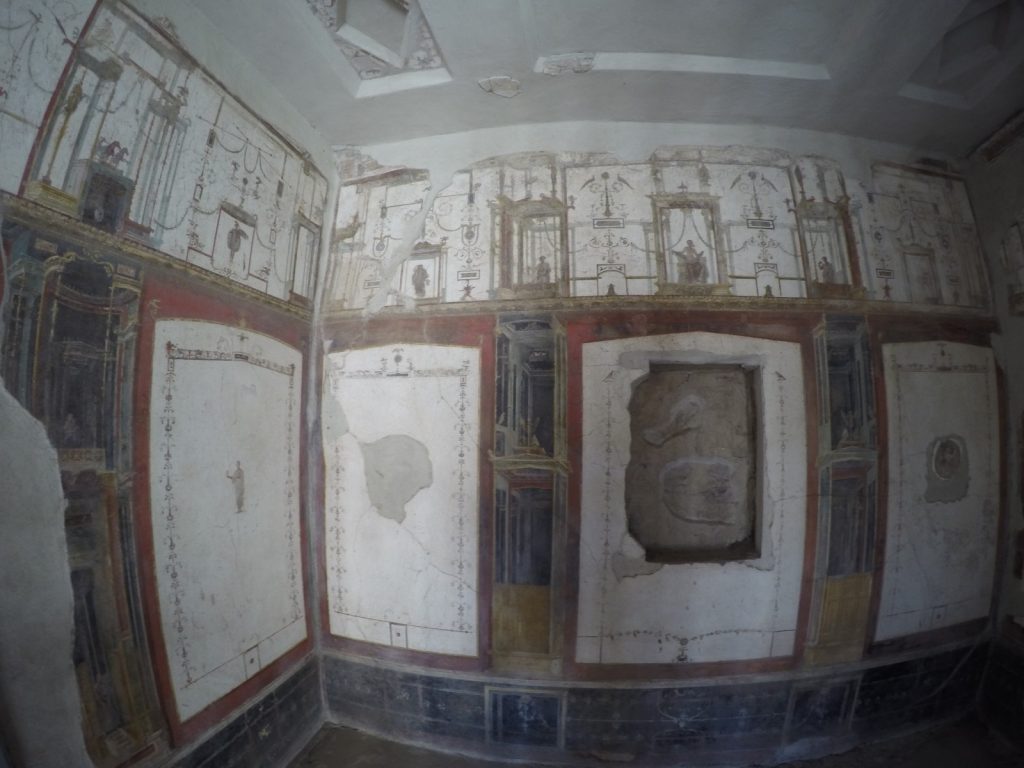
A frescoed room. Pretty much every room had incredible designs telling stories. To be honest it kind of makes we wonder why painting a room a single colour is the trend today, when this is clearly so much cooler. Photo: Matt Herod
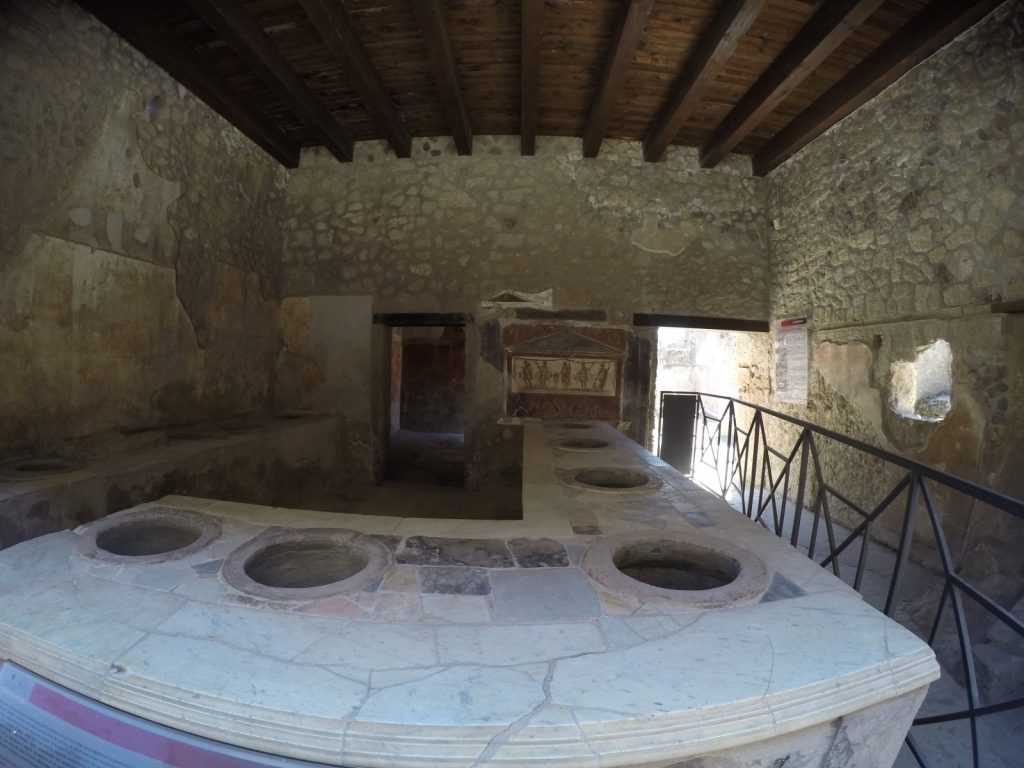
A reminder that ancient Roman life did not differ that much from ours is found here at the food stand.
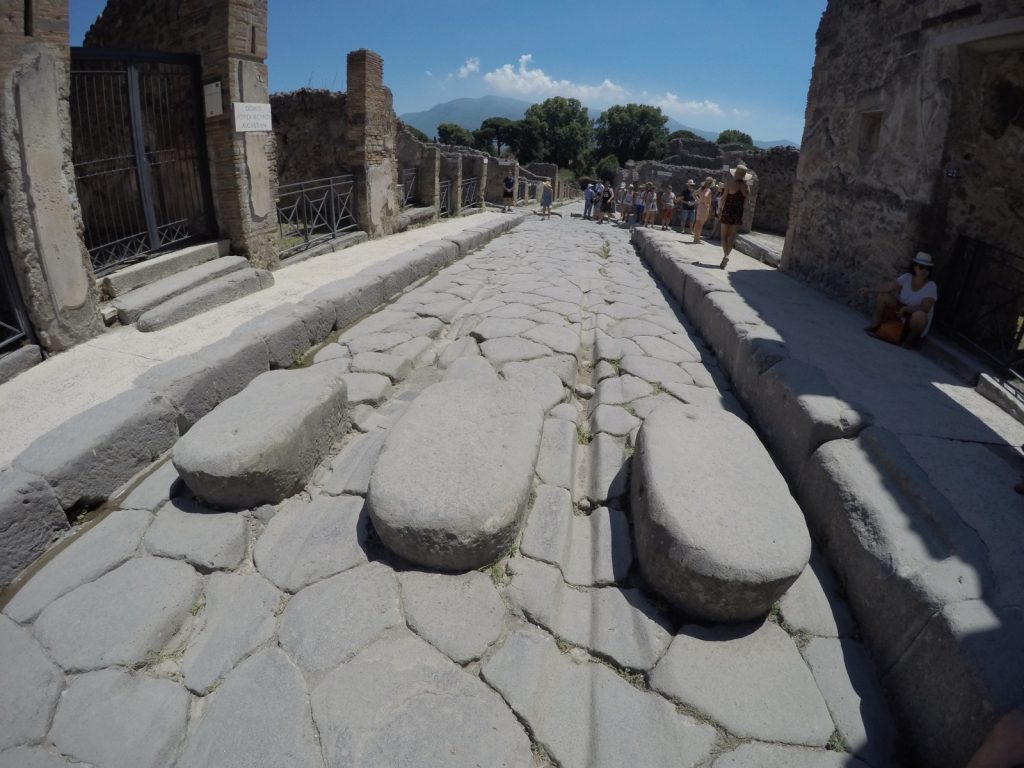
Wagon tracks in the stone as well as these convenient crossing stones.
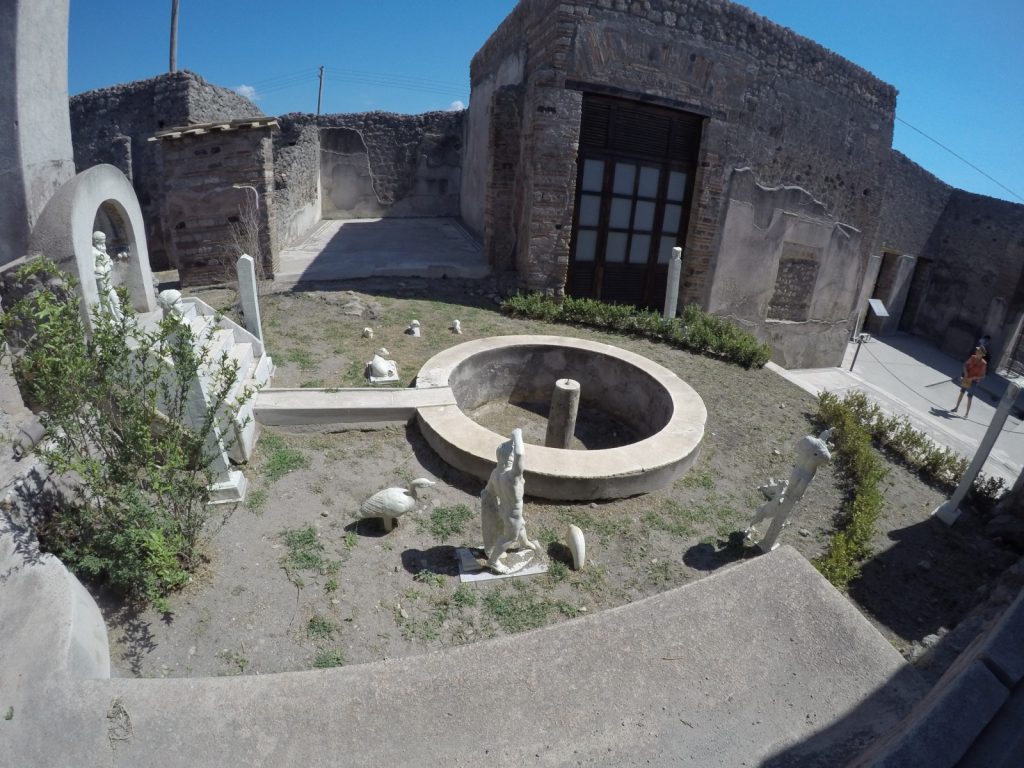
Another cool fountain in the back garden
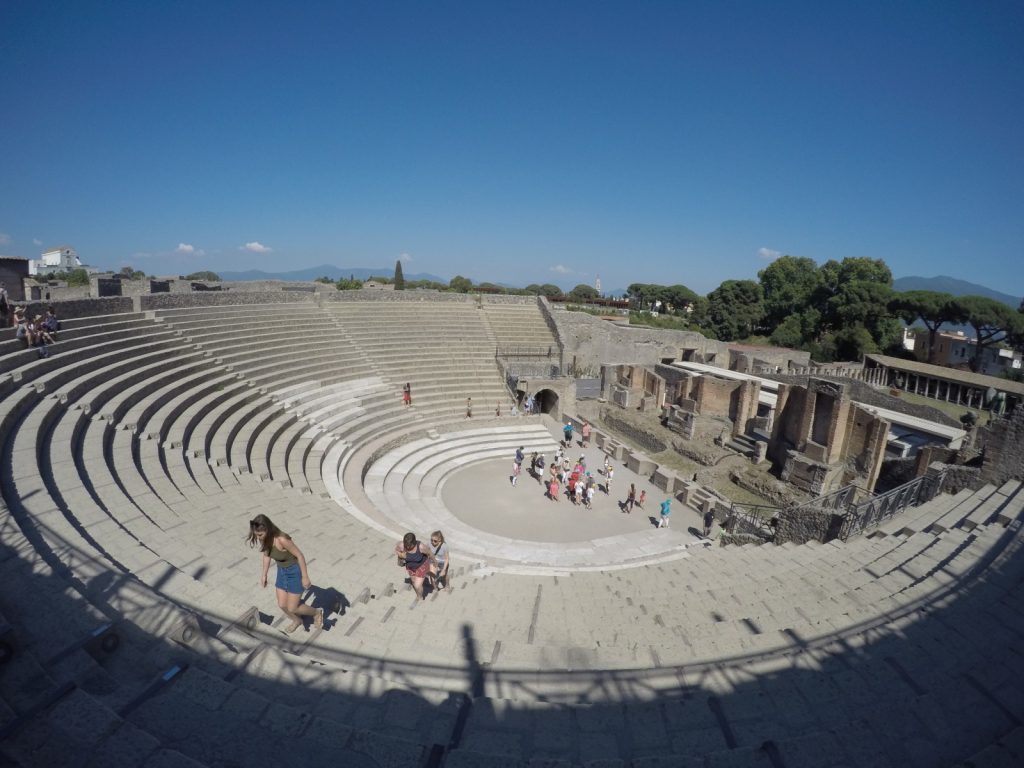
The theatre. It is in such great shape it could still be used…maybe it is?
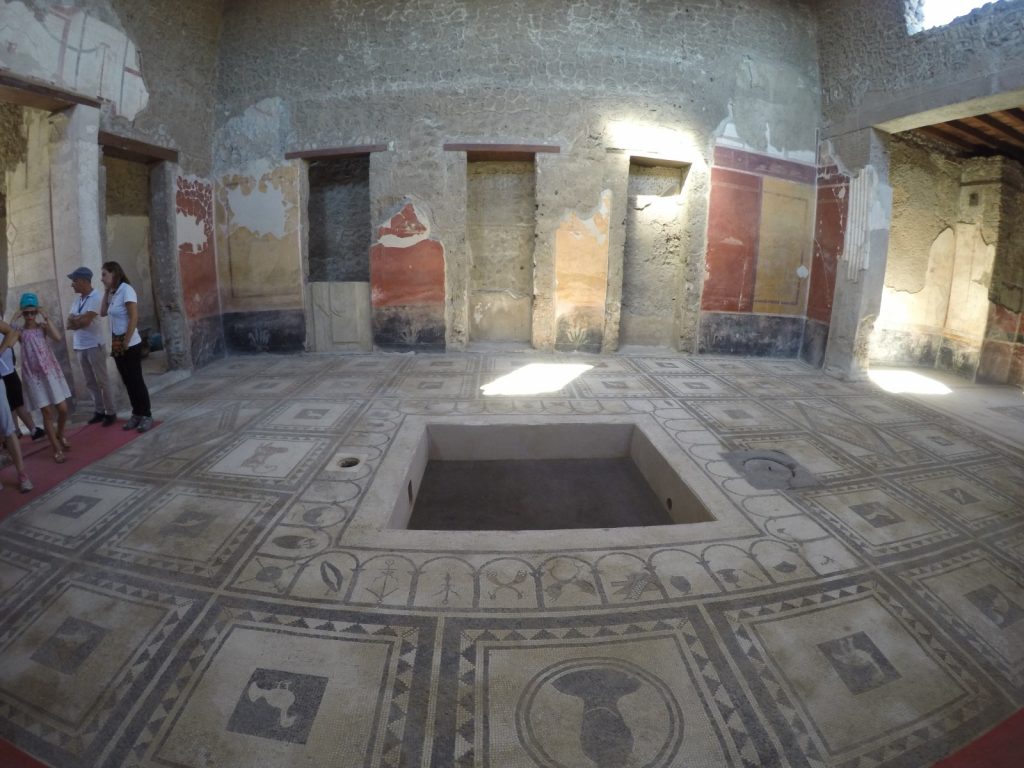
A beautiful room with a crazy mosaic floor.

Another cool fountain? I think water bubbled out of that hole in the middle.
Thanks for reading!
Update: Concidentally, renowned Canadian naturalist David Suzuki is doing a CBC special on Pompeii. Check it out here: http://www.cbc.ca/natureofthings/episodes/pompeiis-people


